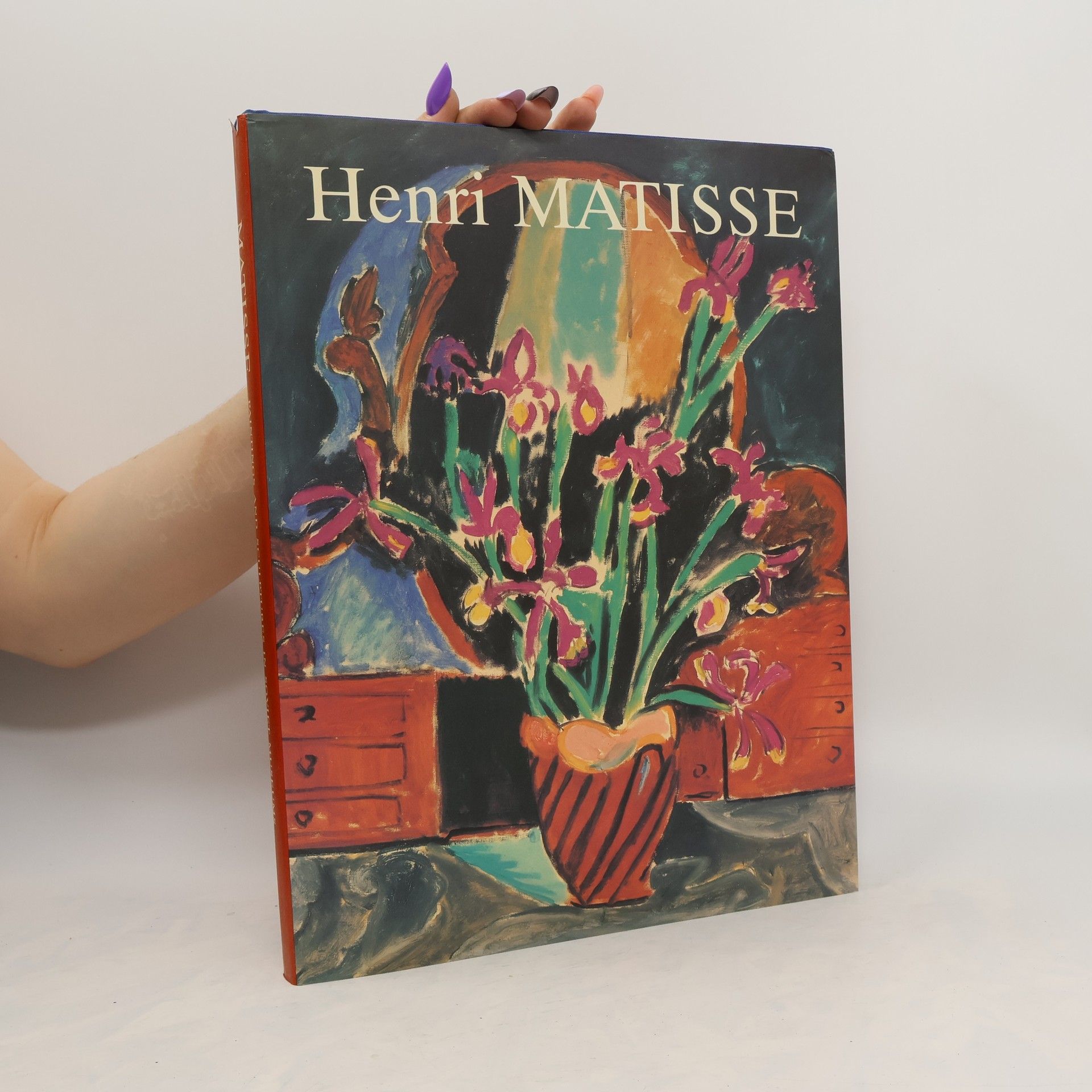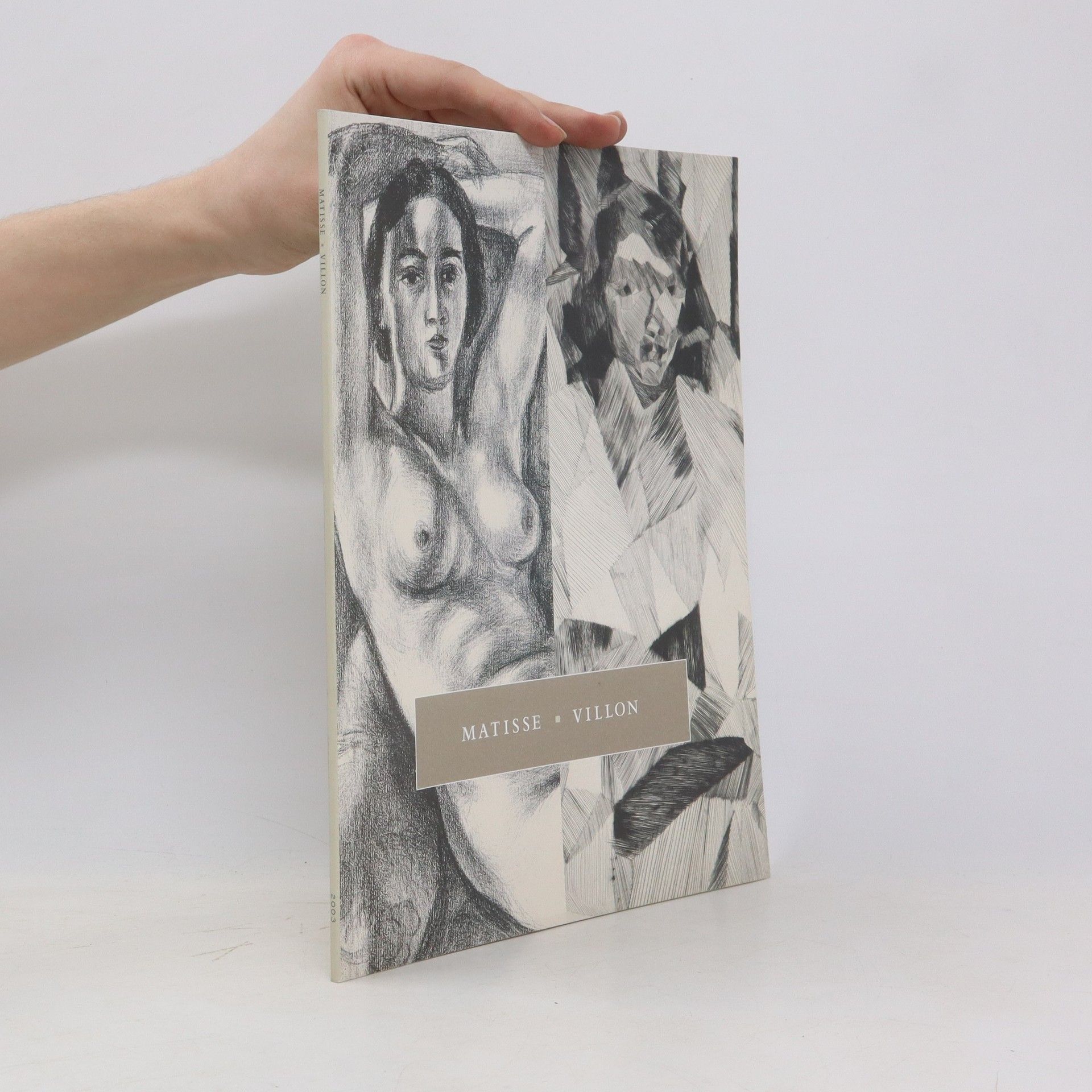Item reporduces images from "Jazz" and includes the artist's original, handwritten text and its translation into English.
Henri Matisse Libri
Henri Matisse fu un artista francese, noto per il suo uso magistrale del colore e per il suo disegno fluido, brillante e originale. Come disegnatore, incisore e scultore, ma principalmente come pittore, Matisse è uno degli artisti più conosciuti del XX secolo. Sebbene inizialmente etichettato come Fauve (animale selvaggio), negli anni '20 fu sempre più acclamato come sostenitore della tradizione classica nella pittura francese. La sua maestria nel linguaggio espressivo del colore e del disegno, dimostrata in un'opera che abbraccia oltre mezzo secolo, gli valse il riconoscimento come figura di spicco dell'arte moderna.


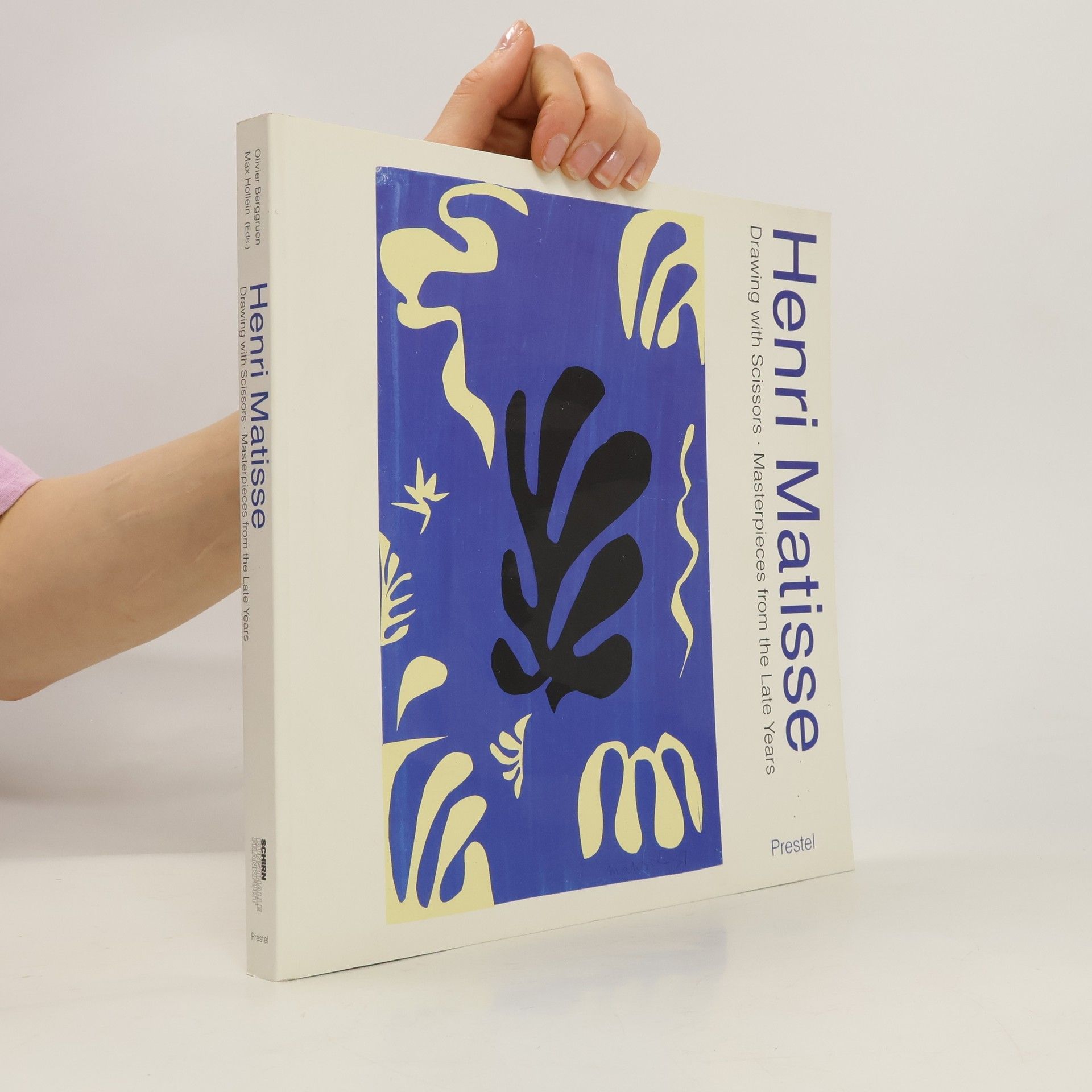
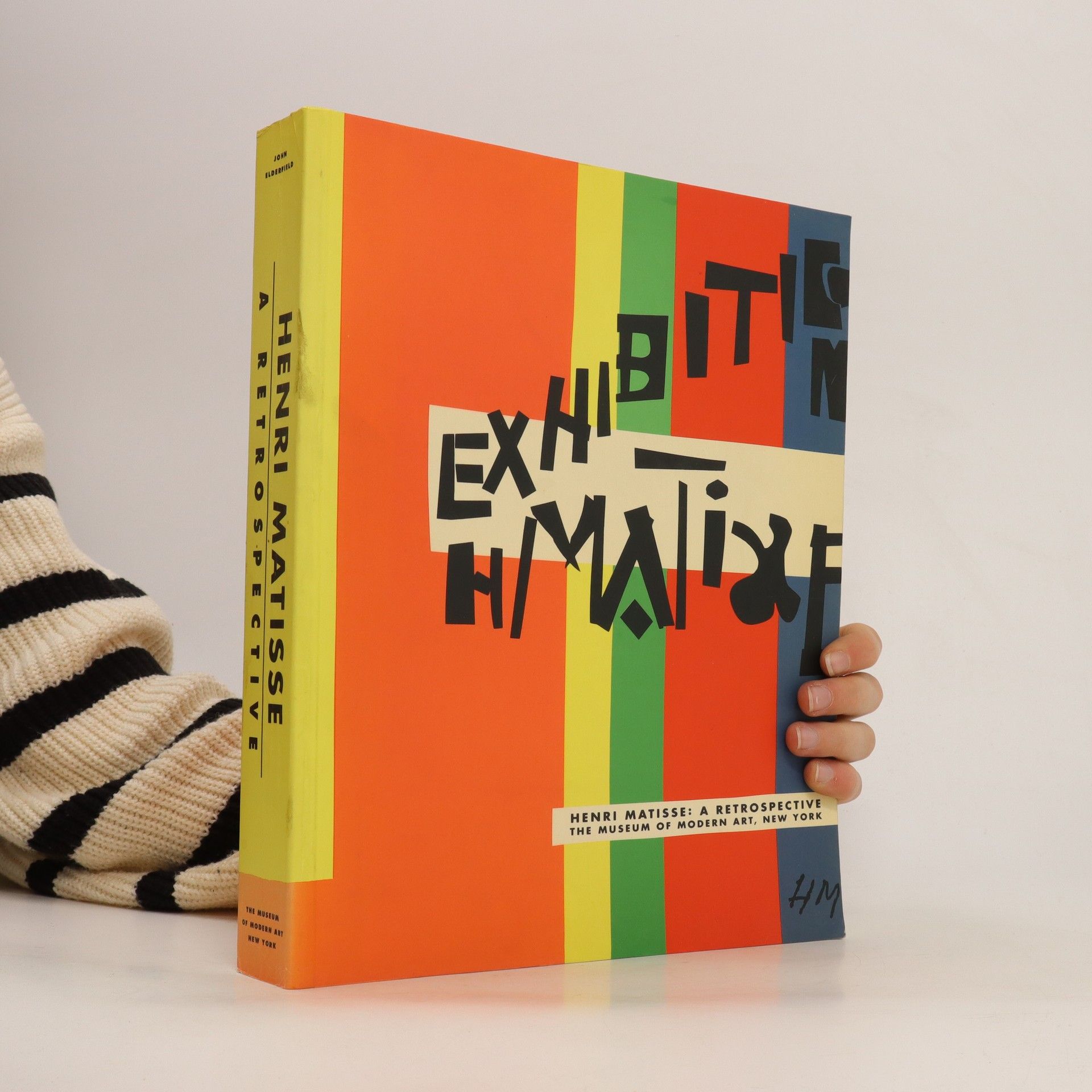


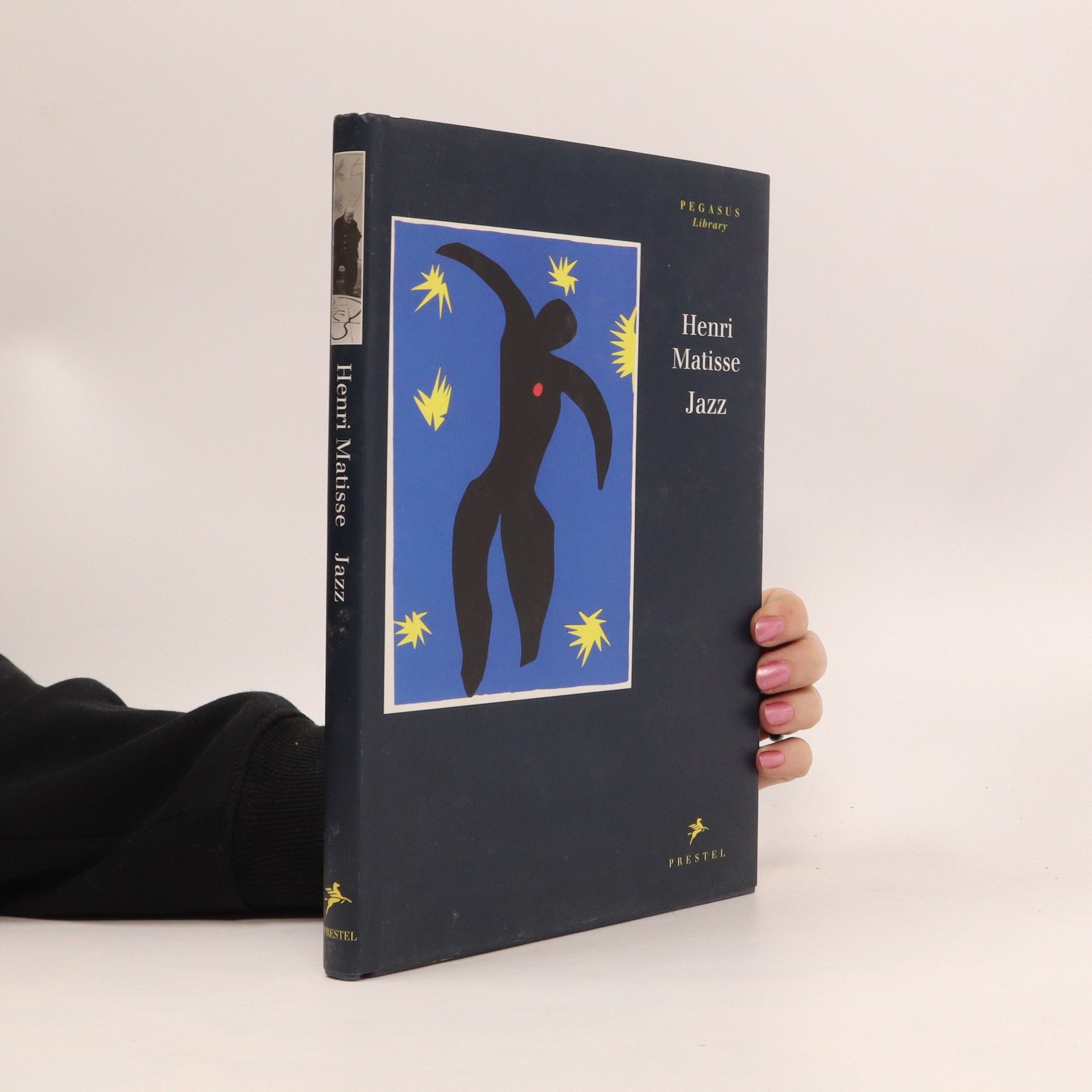
Chatting with Henri Matisse: The Lost 1941 Interview
- 368pagine
- 13 ore di lettura
Set against the backdrop of Nazi-occupied France, an extensive interview with Henri Matisse reveals his reflections on art, fame, and personal experiences. Conducted by Swiss art critic Pierre Courthion while Matisse was recovering from surgery, the conversation offers insights into his youth, relationships with collectors, and artistic influences. For the first time, this volume presents the dialogue in both English and French, accompanied by essays, unpublished correspondence, and original documents that illuminate the avant-garde scene of the early twentieth century.
Henri Matisse (1869-1954) is universally known for his iconic paintings, the centerpieces of museum collections throughout the world. However, somewhat less well known is his work as printmaker and engraver between the years 1900 and 1954, the year of his death. His engraving work encompasses more than 800 pieces that comprise a gigantic visual library, offering a complete document about his working process and his way of transforming his visual material into art. This striking hardcover book with a metallic stamped cover includes 63 of the French master's engravings done throughout his life that track alongside the subjects and interests that made their way into his work as his style developed. These subjects, overwhelmingly women, included classical nudes, women dressed in North African costume, portraits and a print version of Matisse's celebrated mural for the Barnes Foundation, The Dance
Matisse, the bard of colour, and Picasso, the breaker of moulds: together, these two giants shaped the world of modern art. They were, as Picasso once said, "North Pole, South Pole." The work of Henri Matisse (1869-1954) is a sensous hymn to colour, that wild yet subtle colour which he tamed, mastered and managed, and which expressed his feelings towards women and the world. Colour was the tool with which he controlled line, arabesque, volume, light transparency, reflection and space, and though he did not shrink from pushing his creativity to the verge of abstraction, he never succumbed to it entirely. It was an approach well noted by America's Abstract Expressionists. This new and carefully conceived freedom marked not only the extraordinary significance of the painter and sculptor Matisse in the history of modern art, but also his influence, which was no less decisive than that of his main rival, Pablo Picasso. In fact, Matisse's stylistic liberation actually goes one step further in the pursuit of his own personal goal - the perfect synthesis of line and colour - by which he sought revolutionary approaches to the great tradition of French painting by drawing upon its classical aspects.
The Museum Of Modern Art, November 13, 1951 To January 13, 1952; The Cleveland Museum Of Art, February 5 To March 16, 1952; The Art Institute Of Chicago, April 1 To May 4, 1952; The San Francisco Museum Of Art, May 22 To July 6, 1952.
